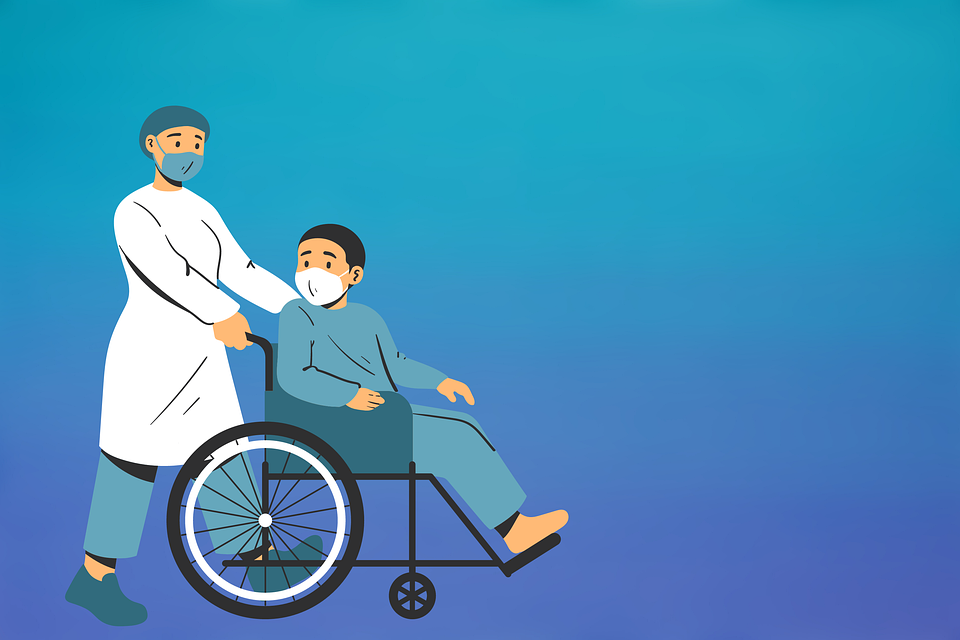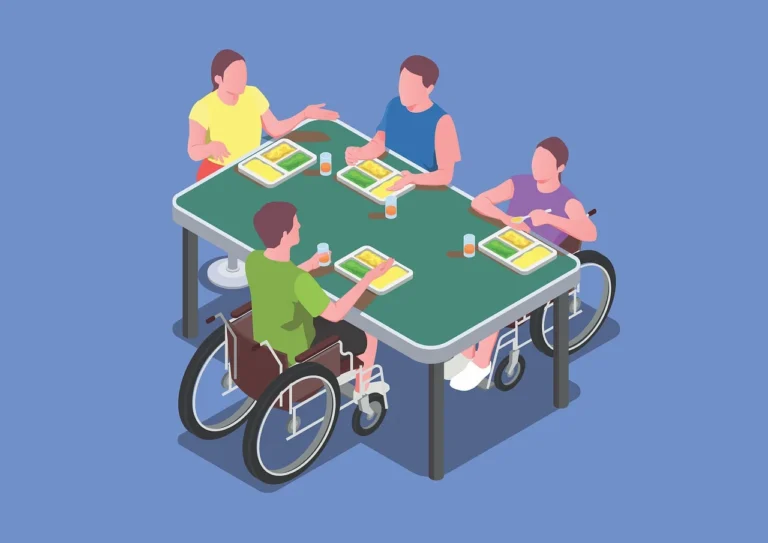Book Appointment Now

The Roy Adaptation Model (RAM): A Holistic Approach to Nursing
The Roy Adaptation Model (RAM), introduced by Sister Callista Roy in 1976, is a conceptual framework that views individuals as adaptive systems interacting with their environment. The central tenet of the model is adaptation, which refers to the process by which individuals adjust to environmental stimuli to maintain health and achieve well-being. Grounded in systems theory and influenced by the principles of adaptation, stress, and coping, RAM provides a comprehensive guide for nursing practice across diverse settings. Its focus on holistic care ensures that nurses address the physical, emotional, social, and spiritual dimensions of health, fostering an integrated approach to patient care.
Core Principles of the Roy Adaptation Model
The foundation of RAM is the concept of humans as adaptive systems. According to Roy, individuals are constantly interacting with their environment, responding to internal and external stimuli. These stimuli are categorized into three types. Focal stimuli are the immediate challenges requiring attention, such as acute illness or injury. Surrounding these are contextual stimuli, which include environmental factors like family support or financial stressors that influence how individuals respond to the focal stimuli. Lastly, residual stimuli are background factors such as cultural beliefs or past experiences that may indirectly affect adaptation. Together, these stimuli shape the way individuals adjust and respond to their circumstances.
Adaptation occurs through two subsystems: the regulator and the cognator. The regulator subsystem involves automatic, physiological responses such as neural or hormonal reactions. In contrast, the cognator subsystem includes cognitive and emotional processes like perception, judgment, and decision-making. These subsystems work together to produce adaptive responses, which RAM organizes into four modes: the physiological-physical mode, addressing biological processes; the self-concept mode, focusing on psychological integrity and self-perception; the role function mode, related to societal roles and responsibilities; and the interdependence mode, emphasizing social relationships and support systems.
The Nursing Process in the Roy Adaptation Model
Central to RAM is the nursing process, a systematic method that enables nurses to assess and promote adaptation across the four adaptive modes. The first step involves assessing the patient’s behaviors in each mode to determine whether they are adaptive or maladaptive. For example, in the physiological-physical mode, the nurse might assess whether a patient recovering from surgery demonstrates adequate oxygenation and mobility. Simultaneously, the nurse evaluates the stimuli influencing these behaviors, identifying focal, contextual, and residual factors that contribute to the patient’s condition.
Once the assessment is complete, the nurse formulates a diagnosis that identifies maladaptive responses and their underlying causes. Goals are then established to address these maladaptive behaviors, with interventions designed to enhance the patient’s adaptive capacities. For instance, a nurse caring for a patient with chronic illness might implement strategies to improve self-concept and role function, such as providing education on disease management and encouraging participation in social activities. The final step in the process involves evaluating the effectiveness of these interventions by reassessing the patient’s behaviors and determining whether the desired outcomes have been achieved.
Applications of the Roy Adaptation Model in Nursing Practice
The versatility of the Roy Adaptation Model makes it applicable across a wide range of healthcare settings. In acute care, nurses use RAM to address both physical and psychological adaptation in patients facing sudden health crises. For example, a nurse caring for a post-operative patient might focus on improving physiological adaptation through pain management and promoting psychological adaptation by addressing the patient’s anxiety about recovery. Similarly, in chronic illness management, RAM provides a framework for helping patients adjust to long-term health challenges. Nurses assess how the illness affects each adaptive mode and implement interventions that enhance the patient’s ability to cope, such as teaching lifestyle modifications and fostering emotional resilience.
RAM is also highly effective in mental health nursing, where the focus is often on improving self-concept and interdependence. A nurse working with a patient experiencing depression might encourage the development of positive self-perception and support the rebuilding of social connections. In rehabilitation nursing, the model guides efforts to restore functional independence by addressing the physiological, psychological, and social dimensions of recovery. For instance, a nurse helping a stroke patient regain mobility might simultaneously support the patient’s emotional adjustment to changes in their physical abilities.
Strengths and Limitations of the Roy Adaptation Model
One of the primary strengths of RAM is its holistic perspective, which ensures that nurses consider all dimensions of a patient’s health rather than focusing solely on physical symptoms. This comprehensive approach promotes individualized care that addresses each patient’s unique circumstances and needs. Additionally, the model’s emphasis on adaptation aligns with the goals of modern healthcare, which prioritize resilience and self-management. The structured nursing process outlined by RAM also provides a clear framework for assessing and addressing patient needs, making it a valuable tool for nurses in diverse settings.
However, RAM has faced criticism for its complexity and abstract nature, which can make it challenging to apply in fast-paced clinical environments. The detailed assessment required by the model may be time-intensive, posing practical difficulties in settings like emergency care. Furthermore, some critics argue that RAM’s broad focus on adaptation may lack specificity for addressing certain clinical situations. Despite these limitations, the model remains a cornerstone of nursing theory, offering profound insights into the interplay between individuals and their environments.
Case Example: Using RAM in Practice
Consider a 45-year-old patient hospitalized for complications related to diabetes. Using RAM, the nurse assesses the patient’s behaviors in each adaptive mode. In the physiological-physical mode, the nurse evaluates blood sugar control, wound healing, and dietary habits. In the self-concept mode, the nurse explores the patient’s feelings about living with diabetes and their self-esteem. In the role function mode, the nurse identifies challenges the patient faces in fulfilling work and family responsibilities. Lastly, in the interdependence mode, the nurse assesses the patient’s support network, such as relationships with family members or access to community resources.
Based on this assessment, the nurse develops a care plan to address maladaptive responses. Interventions might include dietary counseling to improve blood sugar management, support groups to enhance emotional well-being, and education on time management strategies to help the patient balance their roles. Over time, the nurse evaluates the effectiveness of these interventions, adjusting the care plan as needed to promote optimal adaptation.
The Roy Adaptation Model remains a foundational framework in nursing, offering a holistic and adaptable approach to patient care. By emphasizing the interplay between individuals and their environments, RAM encourages nurses to address the complex factors influencing health and well-being. Its structured nursing process ensures that care is both comprehensive and individualized, promoting adaptation across physical, emotional, and social dimensions. Despite its challenges, the model’s emphasis on holistic care and patient-centered adaptation makes it a timeless and valuable tool for modern nursing practice.
References
- Roy, C. (1976). Introduction to Nursing: An Adaptation Model. Englewood Cliffs, NJ: Prentice Hall.
- Foundational text introducing the Roy Adaptation Model and its core concepts.
- Roy, C., & Andrews, H. A. (1999). The Roy Adaptation Model. Stamford, CT: Appleton & Lange.
- Comprehensive exploration of RAM’s development, theoretical underpinnings, and practical applications.
- Fawcett, J. (2005). Contemporary Nursing Knowledge: Analysis and Evaluation of Nursing Models and Theories. Philadelphia: F.A. Davis.
- Analysis and critique of RAM alongside other nursing theories.
- Meleis, A. I. (2012). Theoretical Nursing: Development and Progress (5th ed.). Philadelphia: Wolters Kluwer Health.
- Discusses the evolution and relevance of RAM in contemporary nursing practice.
- Lazarus, R. S., & Folkman, S. (1984). Stress, Appraisal, and Coping. New York: Springer.
- Influential text on stress and coping that informed the development of RAM







